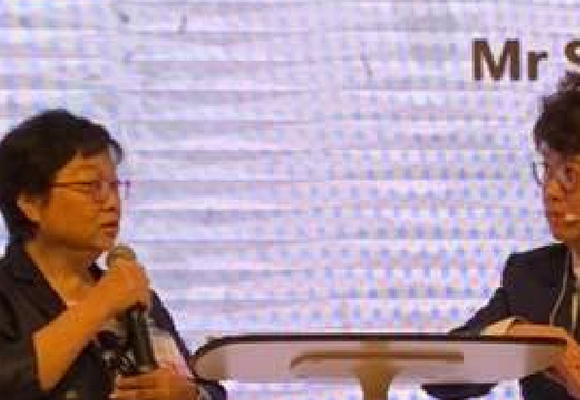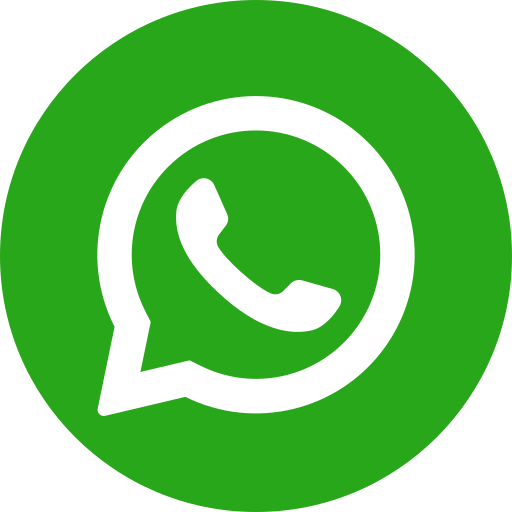Time Matters: Understanding the Impact of Prompt Neuro Optometric Vision Rehabilitation
Many patients and professionals often ask about the timing for neuro optometric vision rehabilitation. My response is that it should be done as soon as possible. Here's some Research conducted at the University of Rochester offers hope to stroke patients experiencing vision loss.
The study focused on survivors of occipital strokes, which affect the ability to see due to damage in the occipital lobe of the brain. The researchers found that these patients retain some visual capabilities immediately after the stroke, but these abilities gradually diminish and disappear permanently after approximately six months. However, early intervention through vision training can help stroke patients recover more of their lost vision compared to training administered after six months. The study also revealed that occipital strokes cause the degeneration of visual structures all the way to the eyes. By providing visual training in the early stages, the gradual loss of visual processing experienced by stroke victims can be halted.
The study compared two groups: chronic patients who were more than six months post-stroke and early subacute patients who started training within the first three months after their stroke. Both groups underwent visual training using a computer-based device developed by Professor Krystel Huxlin. The training involved exercises that stimulated undamaged areas of the visual cortical system, allowing them to process visual information more effectively. The results showed that the subacute patients who received early vision training recovered their visual abilities faster and more efficiently than the chronic patients. The findings indicate that individuals may retain visual abilities shortly after a stroke, suggesting the preservation of sensory information processing that temporarily bypasses the damaged brain regions.
Early Neuro optometric vision rehabilitation is therefore crucial in preventing further degradation of vision and enhancing the restoration of preserved perceptual abilities.
Reference
University of Rochester. (May 27, 2020). 'Time is vision' after a stroke. Retrieved from https://www.rochester.edu/newscenter/regaining-vision-after-stroke-436952/?fbclid=IwAR0ivUks-OIIQNy11G39aQ_zYnHTpyeNGeIGt5pyK0E62MIUq6xbvT1KHtk_aem_AYs1yiJj0HXFAS6mcV1qua4QtvCxP5I88JjB6XTUoarHLJL19uV6Qt6E2qqPUX9kPNI


